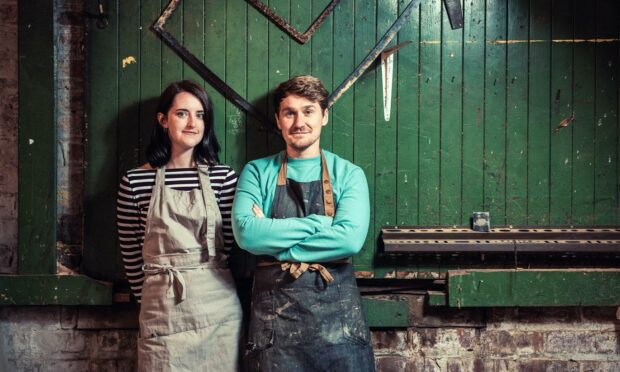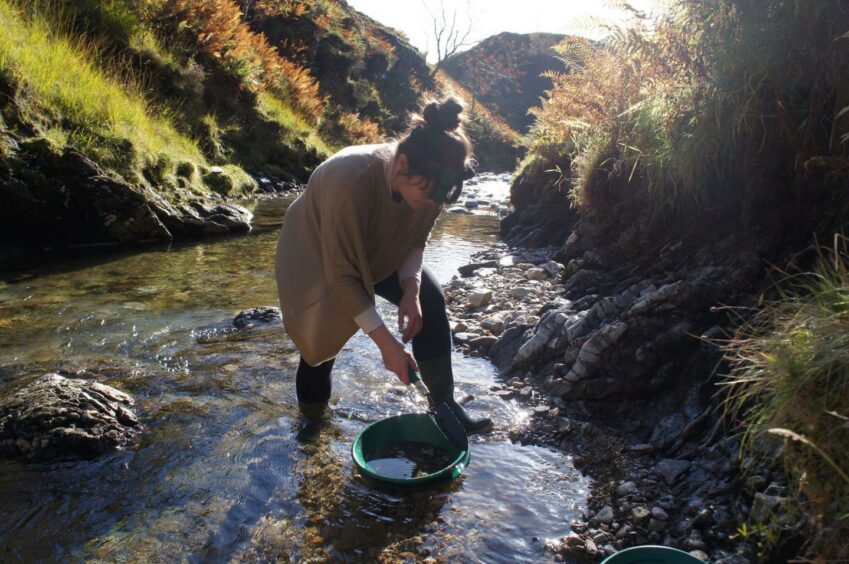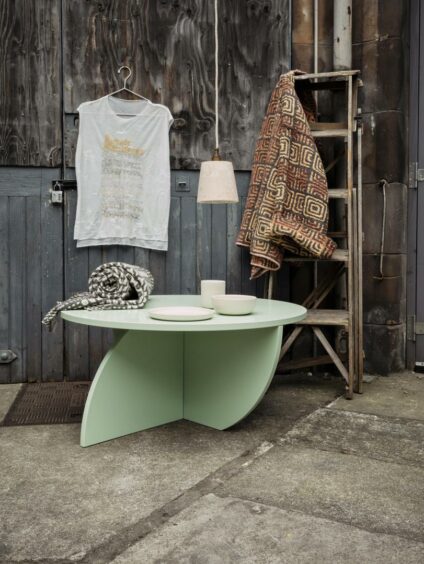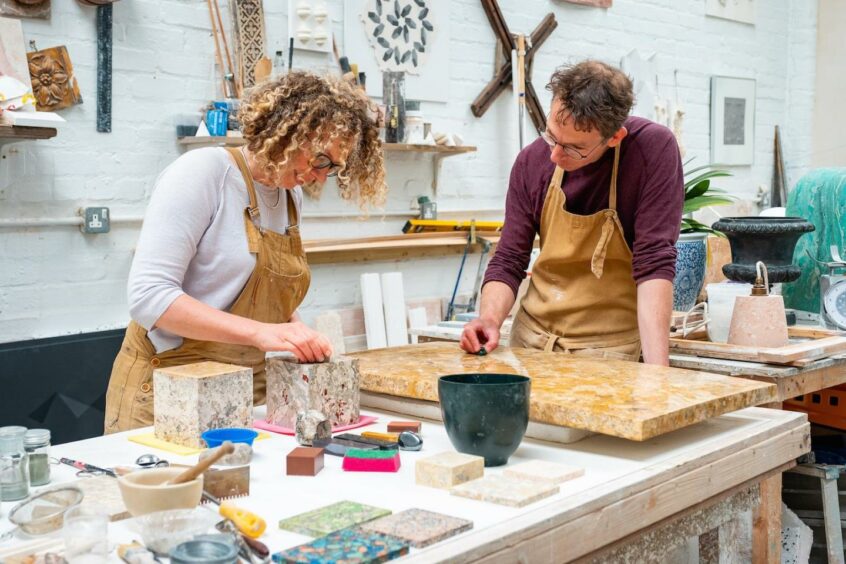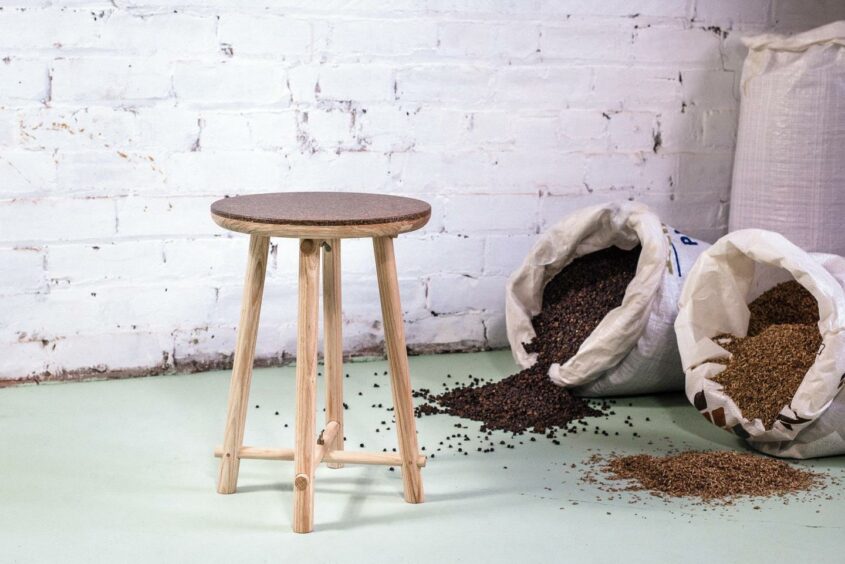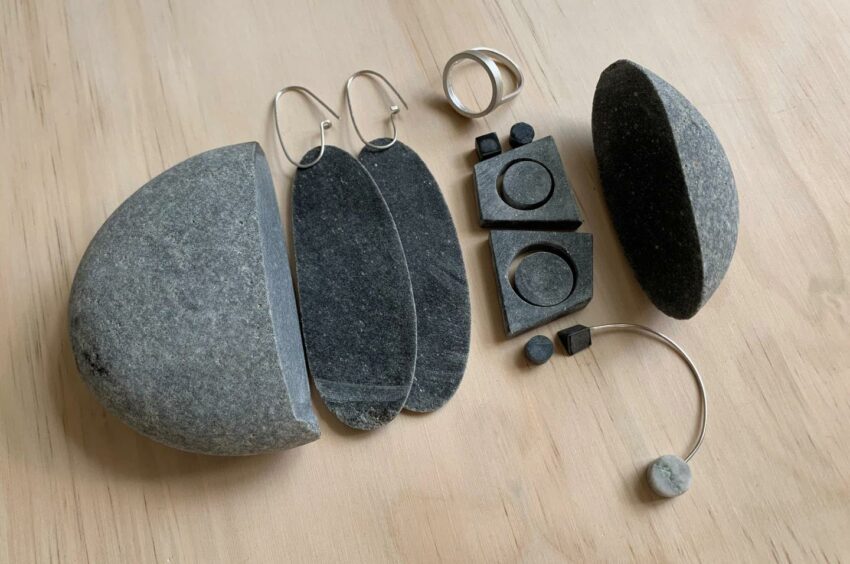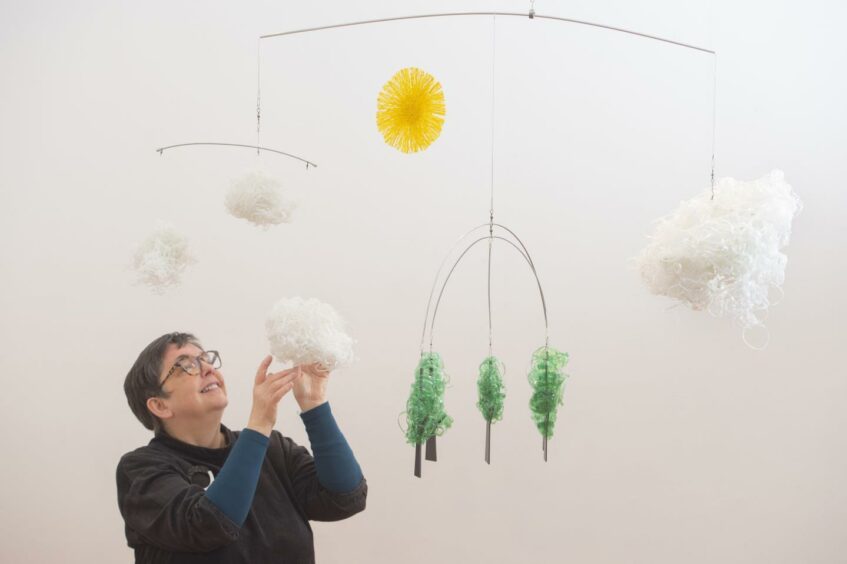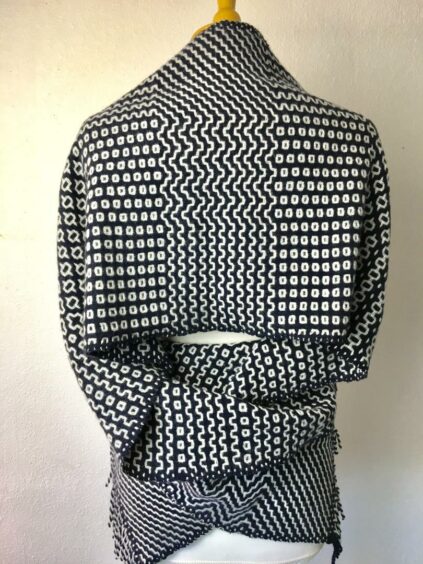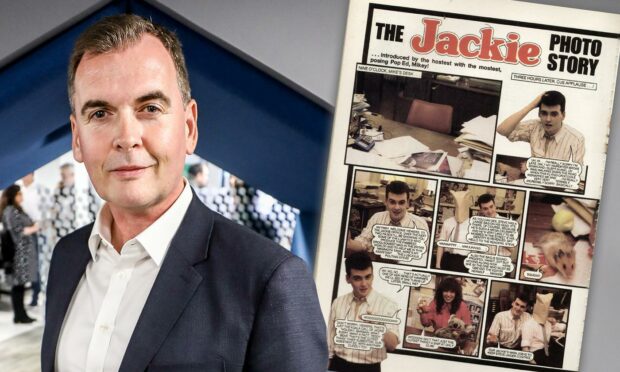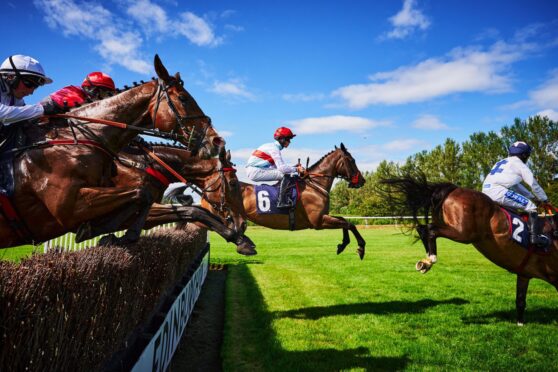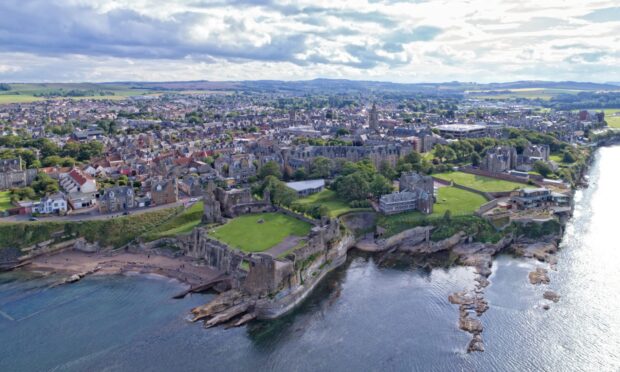A stool made from waste plasterboard may not sound glamorous, but in the hands of a Fife-based husband-and-wife team, this is cutting-edge design with impeccable green credentials.
As founders of decorative plastering outfit Chalk Plaster, Ffion and Steven Blench’s innovative use of material probably destined for landfill is just one highlight of an exhibition in Kirkcaldy.
It showcases how designers and makers – many of them Scottish – are creating desirable objects with a sustainable impact.
REsolve: a Creative Approach to the Circular Economy opens this Saturday at Kirkcaldy Galleries.
It shows how designers are responding to the concept that to enjoy a greener future, we need to look beyond basic habits such as recycling to think more widely about how we make and use objects.
Edinburgh-based curator and ceramicist Mella Shaw has pulled together a multifaceted show that presents the various elements of the circular economy in an engaging, eye-catching way, she explains.
“It’s about the creativity of artists, designers and makers who are already thinking in a different way about materials and resources,” Shaw says.
“They are already harnessing this different way of thinking about the world and the transition that we need.”
She breaks down the circular economy into four main themes based around the realisation that resources are finite.
Those are design for disassembly, so parts can easily be replaced or reused; sharing and repair of our possessions; by-products from industry used elsewhere and finally the move to renewable energy.
Shaw is especially pleased so many entrants hail from this region.
Among them are a furniture company in Dundee that uses waste grains from the brewing and distilling industries and a Cupar-based handweaver that sources reject wool .
Burntisland-based Chalk Plaster, meanwhile, are showing three lamps made partly from reclaimed plasterboard.
The enterprise was founded in 2016 by artisan plaster-worker Ffion and Steven Blench, previously a decorative arts researcher at venues such as the Palace of Holyroodhouse.
As well as reviving traditional techniques, finding a use for waste material is becoming a key part of their work, Ffion explains.
New uses for waste
“We are all becoming more aware of the importance of recycling and finding new uses for waste, but as makers, the life of [our] products should be a consideration.”
Chalk Plaster focuses especially on gypsum, a mineral used for centuries in construction, though probably best known these days as a key component of plasterboard, Ffion explains.
“Our work is driven by our love of exploring and understanding the materials we use. The process of producing our own plaster from raw materials felt like a natural way of understanding them and led us to the idea of using gypsum from plasterboard waste.
“As a plasterer working in construction I am very aware of the amount of waste the industry produces. Waste plasterboard is a challenging material to find a secondary use for, but gypsum is fascinating – it can be continuously recycled, but rarely is.”
Ffion and Steven grind the gypsum and heat it to a high temperature to make it reusable.
Mixed with other ingredients, such as brick dust and cellulose, they make hard-wearing substances that can be used to make objects such as the lamps.
By-product of the brewing industry
Meanwhile, draff Studios is named after the brewing industry by-product at the heart of its unique concept.
The start-up has developed a process that involves drying used grains and botanicals from making beer, whisky or gin, then compacting them at high temperatures to make sheets that can be used for furniture.
Draff is the brainchild of Aymeric Renoud, a cabinetmaker from Marboz in southeastern France who came to Tayside in 2013 to study design at Duncan of Jordanstone College of Art, eventually becoming its Designer in Residence.
Fascinated by the distilling industry, Renoud tells how he learnt about the wet grains left over that are usually given away to farmers or sent to biomass incinerators for energy production.
“I was interested first because I like whisky,” he says, “But also because as a furniture maker, I take wood and transform it into something completely different – so there’s a lot of similarities between our crafts.”
Having perfected his process, Renoud set up draff in 2017 and has since forged relationships with Arbikie Distillery in Inverkeilor and Dundee’s Verdant Spirits and 71 Brewing, where the designer hopes to expand his operation in new premises.
For REsolve, Renoud is showing a chair and a stool, both made with locally sourced ash, but the former made with panels made from 71’s barley and the latter based on leftovers from Arbikie’s pea-based, carbon-positive Nadar gin.
By ensuring his sheets maintain different colours and textures, depending on the source, the designer hopes users will think about their various starting points.
“The draff has a better story to tell when you know where it comes from,” Renoud says.
“Especially with the gin, because each distillery uses a completely different recipe.
“There’s a beauty in the circular economy, in that it’s easier to have contact with people making products.”
Made from discarded wool
While draff repurposes the remains of pre-used grains, handloom weaver Janet Hughes has found a use for a product normally discarded straightaway – wool from dark-coated Cheviot sheep, known as brockies – by an industry that relies on pure white yarn for uniformity.
For several years, Hughes has been turning out boldly patterned knitwear from her garden workshop, using surplus industrial yarn, though she has long had two concerns about its provenance, the handweaver explains.
“As I have allergies and skin sensitivities, I’ve been concerned about the chemicals that I have been in contact with as every centimetre of yarn in my work will pass at least three times through my hands.
“My husband used to be a shepherd and his best friend still herds Cheviot sheep in the Scottish Borders.
“Cheviot is the best quality Scottish wool, yet every year he discards all the brockie coloured fleece. You can’t help coloured lambs being born and they need to be sheared for health.”
So to achieve her “fleece to fabric” project, Hughes commissioned the Border Mill in Duns, also in the Borders, to create a yarn from the brockies’ fleeces along with an unbleached white yarn that she has dyed red with madder plants from her garden.
Hughes is showing two pieces with her new yarn, a a blanket made with waste grey and white wool, alongside a dyed jacket, both with abstract designs that as well as being decorative are meaningful to her.
“[It is] a blanket to envelope and almost protect – or at least comfort – with a morphing pattern as our lives have morphed through the pandemic,” she says.
“While the jacket emulates a blooming flower emphasising that natural fabric is perhaps most desirable next to our largest organ – the skin.
A new look at our consumption
“I hope that being part of REsolve will bring awareness of the fabric we consume everyday. If it was made in a synthetic chemical factory and shipped from the other side of the world or if it was made sustainably by local folk for local consumption in materials grown in our own environment that are naturally ideal for us to wear in our climate.”
Emphasising the urgency of these ideas, draff and Chalk Plaster are also on show in a smaller display exploring similar themes at V&A Dundee.
A free exhibition in the museum’s first-floor galleries, Design for Our Times focuses on Scottish designers creating sustainable materials and processes.
Also on show at the V&A
Here, draff is presenting a chair, table and room divider, while Chalk Plaster are showing a pair of gypsum-based stools.
While Design for Our Times opened in December, the Kirkcaldy show has been delayed for many months, so ironically the V&A is showing Chalk Plaster’s more recent work, Shaw admits.
“I think it’s brilliant. Obviously it’s a little bit frustrating because our exhibition was ready to go a year ago and we had to postpone at the very last minute,” she says.
Local innovation on show
Of course, both shows are import showcases for a wealth of local innovation, Shaw adds.
“[Here] there’s more space and opportunities to set up studios, but I think Scotland has always been ahead in putting the circular economy on the agenda and making concerns like net-zero more apparent.”
REsolve: a Creative Approach to the Circular Economy, is at Kirkcaldy Galleries from February 26 to May 8. Design for Our Times runs at V&A Dundee until June 19.
